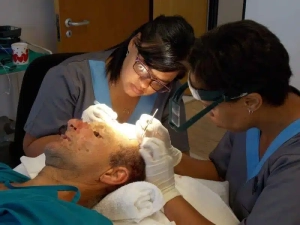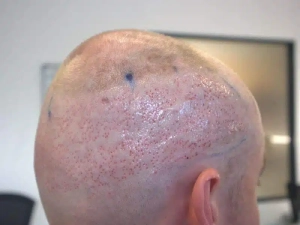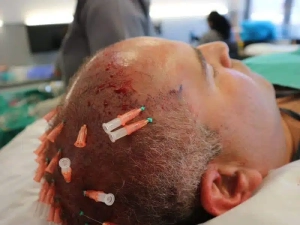Top Tips for a Successful Hair Transplant
Are you considering a hair transplant? It is a huge decision that can change not only your looks but also change your confidence. To make sure that you get good results, here are our top tips on hair transplantation that will guide you from preparation to the recovery process.
Tip for hair transplant surgery is choosing skilled surgeon
Select a Qualified and Experienced Surgeon
Success with hair transplantation is greatly dependent upon the experience and expertise of your surgeon. Do research on the qualifications, and reviews, and request before-and-after photos to give an idea about the work of the doctors. Doctor Ryan Jankelowitz, Chrisna Keyser and Larry Gershowitz, at Medical Hair Restoration in Cape Town, perform surgery daily.
Know Your Options: Different Techniques for Hair Transplant, FUE and FUT
There are different methods for hair transplantation, including Follicular Unit Extraction and Follicular Unit Transplantation. In FUE, individual hair follicles are extracted using a punch-like tool and then implanted in the balding area, while in FUT, a strip of hair-bearing scalp is removed and the hair follicles are then individually dissected and transplanted. The surgeon will discuss with you which method is best for your hair type, the degree of your hair loss, and the results you want to achieve.
Hydration is a top tip for hair transplant surgery
Pre-Surgery Preparations
Indeed, proper preparation makes a big difference. Follow your surgeon’s instructions before surgery. This could mean quitting smoking and alcohol, avoiding medications that may interfere with the blood-clotting mechanism, and keeping your scalp in the best shape. The intake of more fluids and a proper diet, especially protein, might have a positive effect on your body after surgery.
No strenuous exercise immediately after hair transplant is a top tip
Post-Transplant Care
The success of the hair transplant depends on post-operative care, and keen attention should be given to the aftercare instructions of your surgeon. This may include light washing of the scalp, avoiding direct sunlight, and also avoidance of strenuous activities for some time. Recommended shampoos and medications will help the growth of hair and the healing process.
Be Patient with Results
Hair growth after a transplant does not occur overnight. In fact, in the first weeks, it is very common for transplanted hair fallouts, followed by the regrowth phase. Often, remarkable improvements start to appear after six months, though complete results may take up to 12 to 18 months to fully reveal themselves. This stage is one of great patience, and follow-ups with the surgeon will help track this and bring up any concerns there might be.
Healthy Lifestyle
A healthy lifestyle can also contribute to the success of your hair transplantation. Regular exercise with a healthy diet and proper hydration helps the cause of ensuring all of your hair is in good health. Stress also tends to be hard to avoid, but the handling of it through techniques such as relaxation or hobbies can help have an overall positive impact on hair growth and well-being.
Consider Complementary Treatments
In many cases, there are also complementary therapies that may be utilized to further augment the results of your hair transplant. PRP therapy and medications such as Minox(idil) and Finas(teride) are but a few that your surgeon may discuss with you to let you know if they are right for you in order to help further improve the density and longevity of your transplanted hair.
Top tips for a hair transplant surgery summary
Success with hair transplantation is largely dependent on careful planning, the right surgeon to carry out the work, and following guidelines for pre-and post-operative care.
Please do not hesitate to get in touch with us if you have more questions or need further advice from our hair restoration experts.




